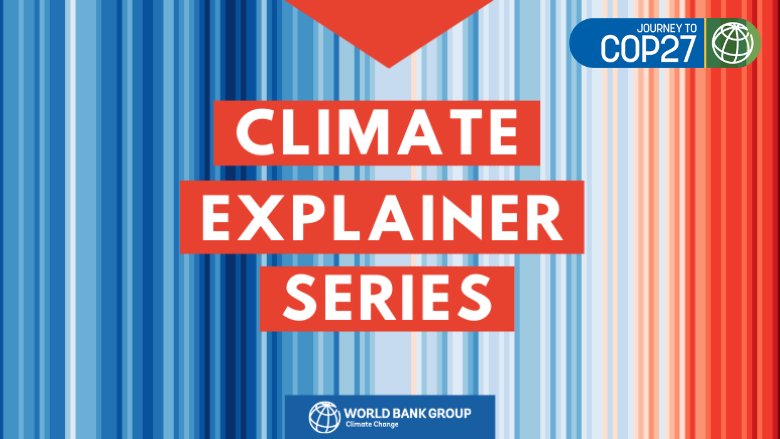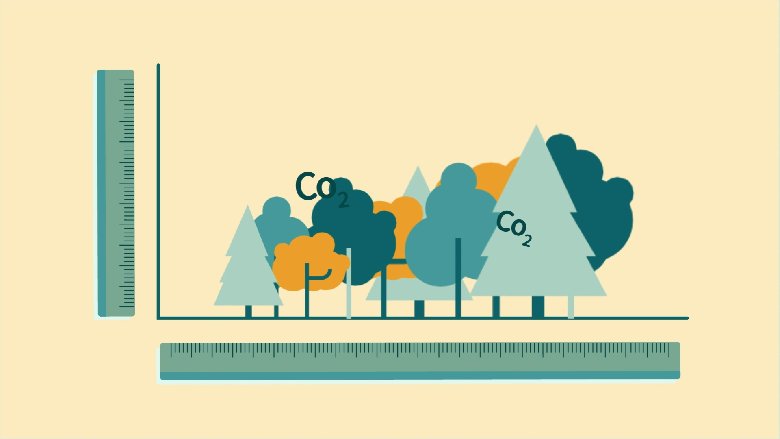What is MRV and why is MRV important to mitigation efforts?
Measurement, Reporting, and Verification (MRV) refers to the multi-step process to measure the amount of greenhouse gas (GHG) emissions reduced by a specific mitigation activity, such as reducing emissions from deforestation and forest degradation, over a period of time and report these findings to an accredited third party. The third party then verifies the report so that the results can be certified and carbon credits can be issued.
MRV seeks to prove that an activity has actually avoided or removed harmful GHG emissions so that actions can be converted into credits with monetary value. One credit equals one ton of reduced GHG emissions expressed in tons of CO2 equivalent (tCO2eq). These credits are the results that the World Bank pays for through specific results-based climate finance arrangements, like Emissions Reduction Payment Agreements (ERPAs). They are also the basic units traded in international carbon markets and used to fulfill countries¡¯ Nationally Determined Contributions (NDCs) under the Paris Agreement. MRV is the key to unlocking climate finance and showing progress on climate goals.
Paying for carbon credits can stimulate climate action and ambition - and through the World Bank¡¯s inclusive ERPA programs, ensure the funds get to the local communities who need them most. But MRV requires careful measurement, reporting, and verification to ensure results are real before payments are made. MRV systems are complex and require multiple steps to get from emissions reduced on the ground to payments received in hand.
Paying for carbon credits can stimulate climate action and ambition - and through the World Bank¡¯s inclusive ERPA programs, benefit sharing plans ensure the funds get to the local communities who need them most.
While the carbon marketplace continues to mature, the World Bank is helping developing countries increase their experience with carbon credit transactions built on high environmental integrity and accounting standards, through inclusive programs and projects with fully integrated community participation from inception to completion. Other organizations offer similar services using other methodologies. ľ¹ÏÓ°Ôº provides to help countries generate high-quality carbon credits and maximize their value.
Can you walk us through the MRV process?
To start, every emission reductions program must determine a ¡°baseline¡± or ¡°reference level¡± against which performance is measured periodically. The assumptions upon which these baselines are established and the accounting methodologies used to calculate emission reductions vary by sector and program scale. Standard-setters, such as the World Bank, define the requirements that these baselines and MRV activities must meet to ensure the highest accounting standards for the most trustworthy results.
For example, within the forestry and land-use sector, the (FCPF) administered by the World Bank has developed a standard for measuring forest-related emission reductions at the jurisdictional scale, covering entire provinces, regions, or states within countries. It was developed with broad partnership and community participation and is gaining traction among key carbon market players. Similarly, the Partnership for Market Implementation (PMI) program administered by the World Bank, developed an open source MRV system that supports capturing emissions, emission reductions and finance received by each mitigation activity and tracks these at individual project, sector and national level. The system is currently deployed in Jordan, Sri Lanka and the State of Palestine.
Once project or program activities are underway, data is collected and processed to calculate emission reductions achieved against the baseline during the monitoring period. Depending on the program, data collection could entail tracking the operation of clean cookstoves, reading electricity meters on home solar power units, or surveying changes in tree cover, among other activities. Local communities can also help monitor implementation of mitigation activities, especially in hard-to-reach locations. Their involvement can help pinpoint high-performing program areas and participants to support the eventual distribution of results-based payments based on benefit-sharing plans.
Emission reductions results are then compiled into a report that is subject to third-party verification by an entity accredited per the requirements of the standard being used. Verifiers often need to sift through large volumes of data, so well-documented results that thoroughly demonstrate accuracy, transparency, and compliance with the standard can help smooth the process.
Once emission reductions are verified, the standard-setter certifies them, signaling the applicable emission reduction transaction registry to issue ERCs. In the case of the World Bank-led standards, these credits are issued and transferred to the so buyers, including World Bank trust funds like the FCPF, can pay the country for the proven results. The Bank may also retransfer some or all of the ERCs to the country for NDC fulfillment and credit retirement. The entire MRV cycle can take a year or more to complete.


